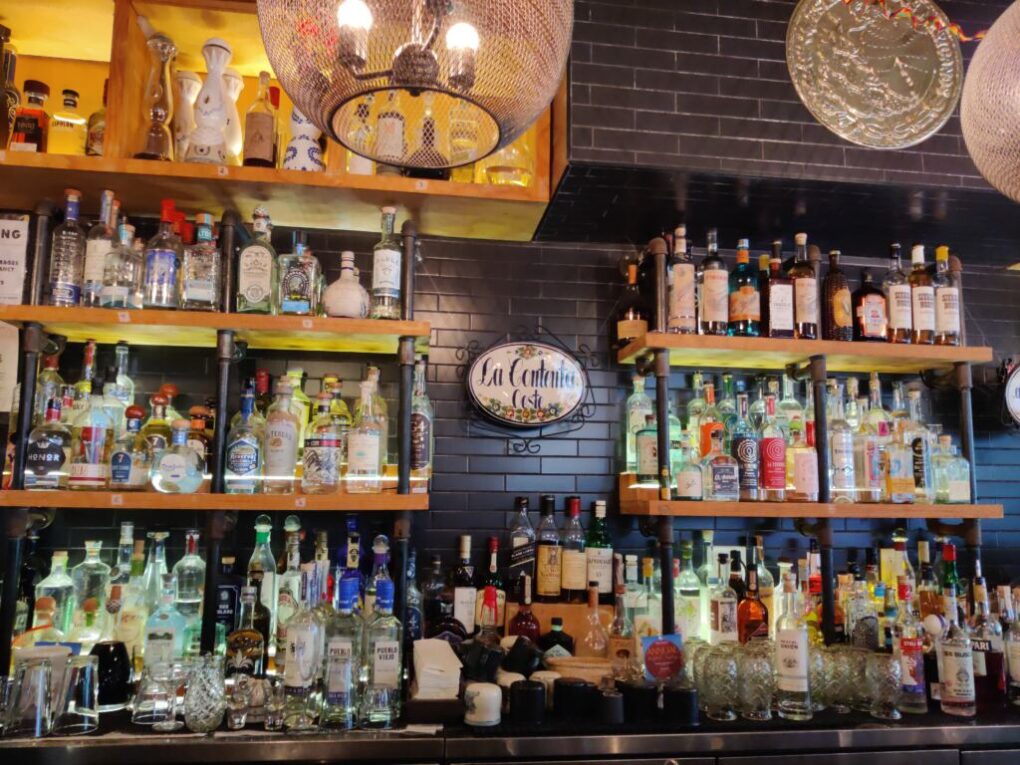
On April 17, 2023, La Contenta Ouest in New York City’s West Village hosted a Mexican wine tasting comprised of vintages from four of the country’s 15 wine regions. Small bites from the restaurant’s contemporary Mexican menu paired seamlessly with the array of eclectic wines sourced from producers concentrated in the winemaking regions of Baja California, Coahuila, Guanajuato, and Queretaro. Baja California shares a border with California (where the prestigious winemaking territory of Napa Valley is located), while Coahuila is contiguous to Texas (where winegrowers in areas such as Fredericksburg in Texas Hill Country, have been planting vines for centuries).
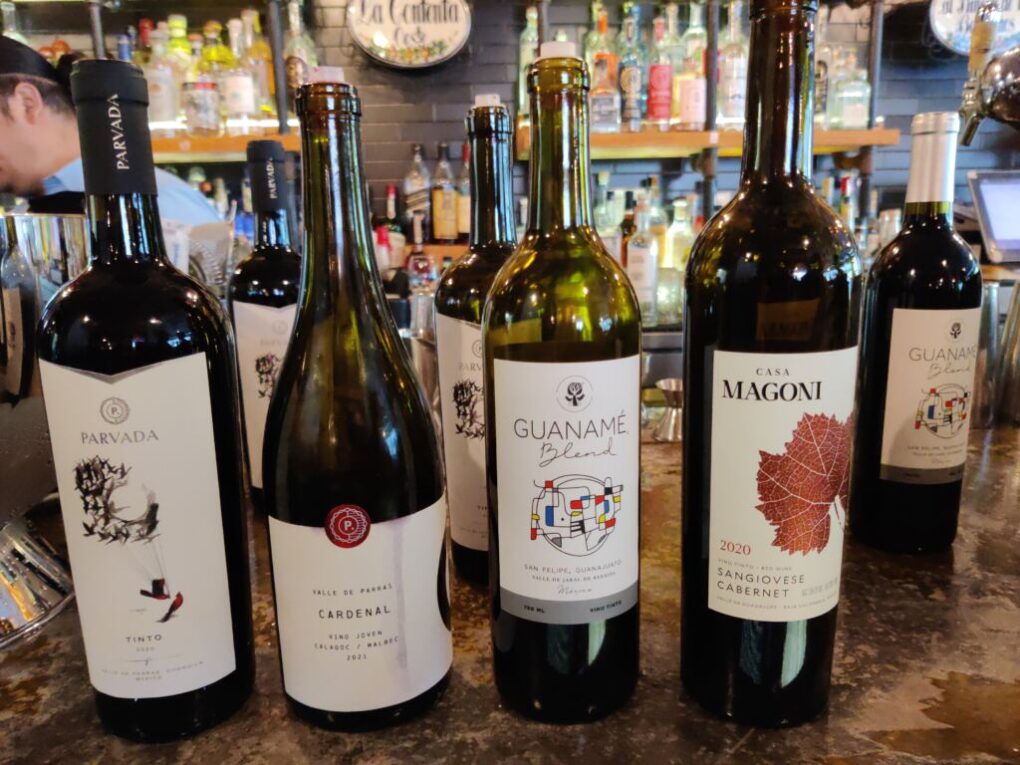
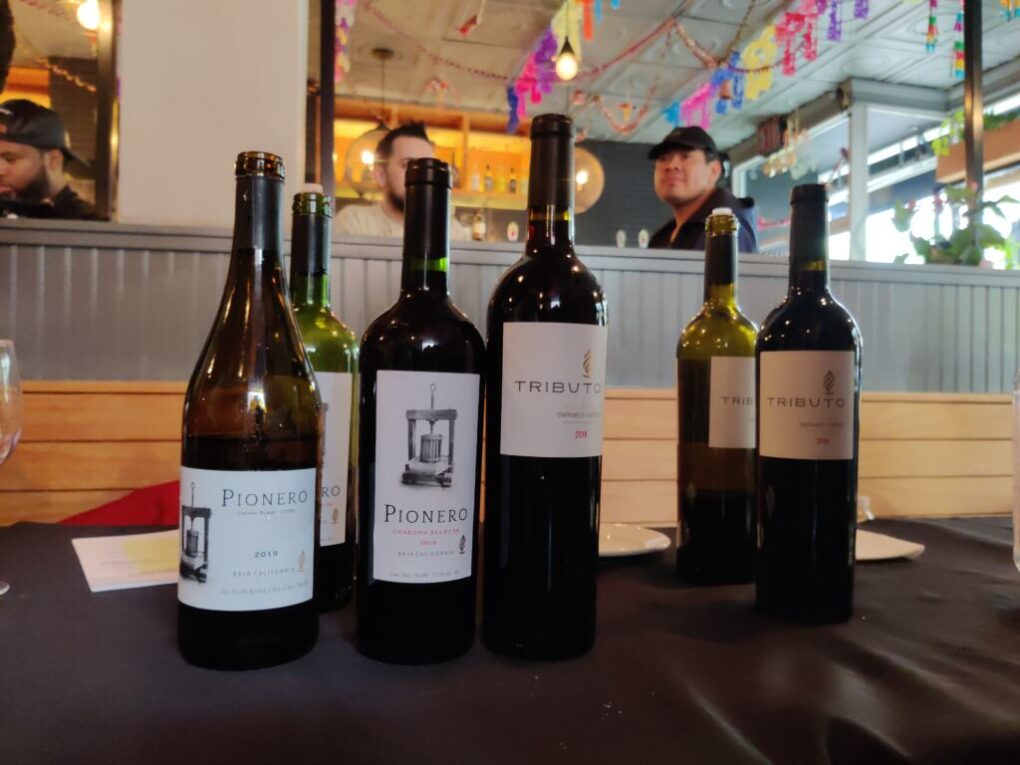
Given the geographic proximity of Mexico to these U.S. winemaking regions, it comes as no surprise to learn that it also has terroir suitable for wine production. In fact, Mexico has a diverse landscape marked as much by soaring mountains and plateaus, as low-lying deserts and coastal areas. The climate in Mexico ranges from temperate to tropical; northern parts of Mexico tend to have cooler temperatures and less rainfall, while southern areas usually have consistently warmer temperatures and greater rainfall throughout the year. These variations in topography and climate enable Mexican wine producers to plant many different types of grapes, depending on their locale.
Elevation also plays a major role in wine production. For example, grapes planted at greater altitudes in coastal areas are exposed to more hours of sunlight. Additionally, they are subject to less pronounced day and nighttime temperature differentials than those that are cultivated in lower-lying areas. It’s also cooler the higher you go, a factor that allows for longer ripening intervals. Grapes produced under these conditions tend to exhibit both freshness and acidity. Some vineyards in the Zacatecas region of Guanajuato stand as high as 2200 meters above sea level.
Winemaking has existed in Mexico since Spanish conquerors began planting European vines there back in the 1500s. Nevertheless, Mexico has yet to be recognized as a major wine producing region due to a number of factors. These include a Spanish ban on Mexican wine production from the end of the 16th century until Mexico achieved its independence in the 19th century, and disruptions in wine grape cultivation during the Mexican Revolution, and more recently, hefty federal taxes, and competition from the rest of the wine producing world.
One advantage Mexican winemakers do enjoy is the freedom to plant whatever varietals they wish to cultivate in their vineyards, utilizing whatever production techniques they feel will yield the best results without having to abide by the sometimes stringent rules and regulations that govern winemaking in more well-known regions. The absence of strict guidelines leaves a lot of room for creativity, and the collective pride the producers at these mainly small, family-owned wineries have in their land, their history, and the wines they have been crafting, in some cases, for generations, assure the quality of the wines.
Many different grapes are planted in Mexico, including the international varietals Chardonnay, Sauvignon Blanc, Merlot, Cabernet Sauvignon, Pinot Noir, and Malbec, and other well-known varieties such as Viognier, Chenin Blanc, and Syrah, among others, The wineries take the terroir into account when determining what to cultivate on their vineyards.
Below is a brief overview of the Mexican wineries that were featured at the tasting event.
Adobe Guadalupe-Valle de Guadalupe-Baja California
Adobe Guadalupe Vineyards & Inn was founded in 1998 by Tru and Donald Miller. The winery produces Cabernet Sauvignon, Merlot, Nebbiolo, Tempranillo, Malbec, Grenache, Cinsault, Mourvedre, Syrah, and Viognier.
Jardin de Tru 19 (Blend of 44% Malbec, 32% Merlot, 24% Syrah)
Jardin Secreto 20 (Blend of 65%Temperanillo, 20% Cabernet Sauvignon, 15% Cinsault
Gabriel 18 (Blend of Cabernet Sauvignon, Merlot, Malbec)
Kerubiel 18 (Blend of Syrah, Cinsault, Mourvedre, and Grenache)
Bruma-Valle de Guadalupe-Baja California
Bruma winery is situated on a 200-acre estate that offers ec0-tourist-centered vacations at its resort and private ranches, along with an onsite restaurant featuring locally-sourced fare.
Plan B Chardonnay 20
Plan B Tinto 19 (Blend of Merlot, Malbec, Mourvedre, and Grenache)
Ocho Mezcla Reserva 20 (Blend of 50% Cabernet Sauvignon and 50% Petit Syrah)
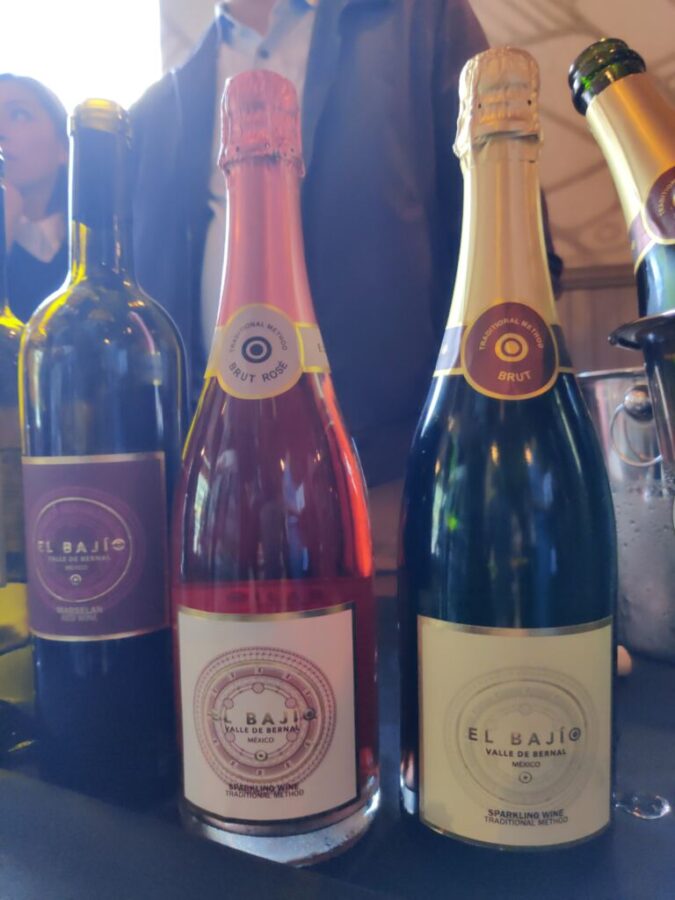
El Bajio-Valle de Bernal-Queretaro
El Bajio winery, with winemaker Lluis Raventos Llopart at the helm, is located four hours outside of Mexico City, in Queretaro, Mexico’s southernmost winemaking region. Some vineyards in Queretaro are situated at upwards of 1950 meters above sea level, and the wineries here occupy a diverse landscape that can range from verdant rainforest, to parched desert, depending on the particular area. El Bajio winery is the result of a joint venture for the United States market between Freixenet de Mexico and La Competencia Imports.
Sparkling Brut NV (Blend of 50% Macabeo, 40% Xarel-lo, 10% Ugni Blanc)
Sparkling Brut Rose’ NV (Blend of 80% Syrah and 20% Macabeo)
Marselan 19 (Blend of Cabernet Sauvignon and Grenache)

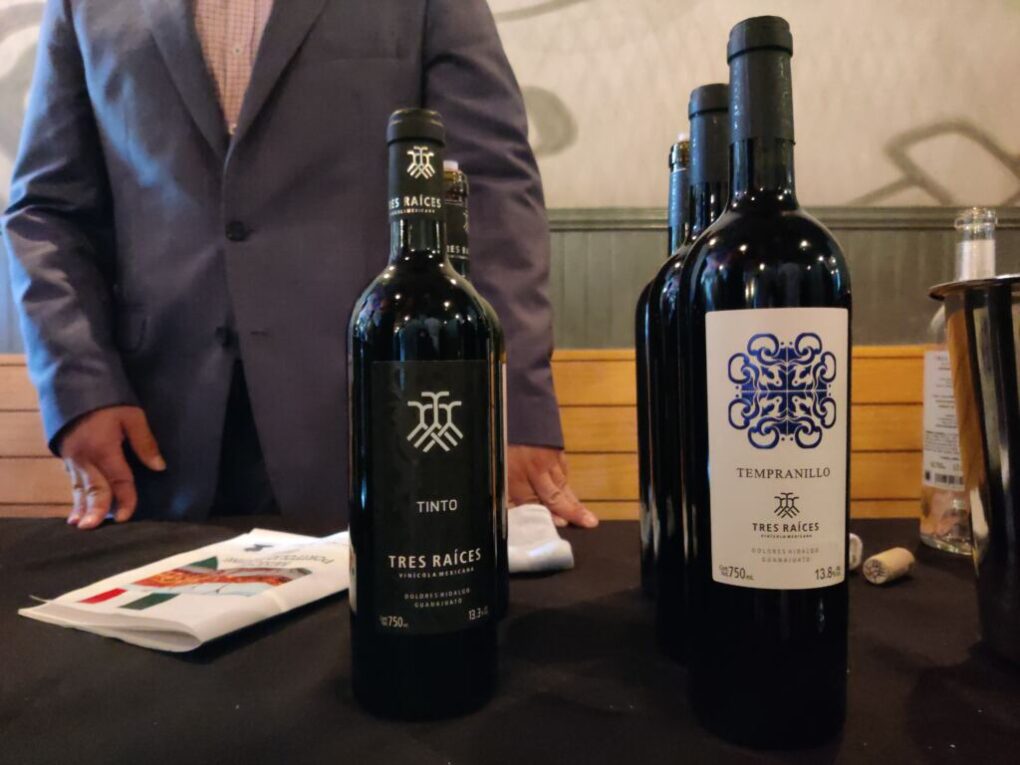
Tres Raices-El Bajio-Guanajuato
Tres Raices, established in 2012, with Argentinian winemaker Fabricio Hernandez at the helm (since 2015), is comprised of 60-acres of vineyards, a farm-to-table restaurant, and a network of underground caves that serve as wine cellars. It is located in the center of El Bajio, in Guanajuato winemaking territory. The winery released its first vintage in 2018. Tres Raices is a collaboration between Argentina, France, and Mexico.
Rose’ 22 (Blend of Grenache and Caladoc (a hybrid of Grenache and Malbec)
Tre Sangiovese
Tinto 20 (Blend of 50% Cabernet Sauvignon, 25% Tempranillo, and 25% Syrah
Tempranillo 19
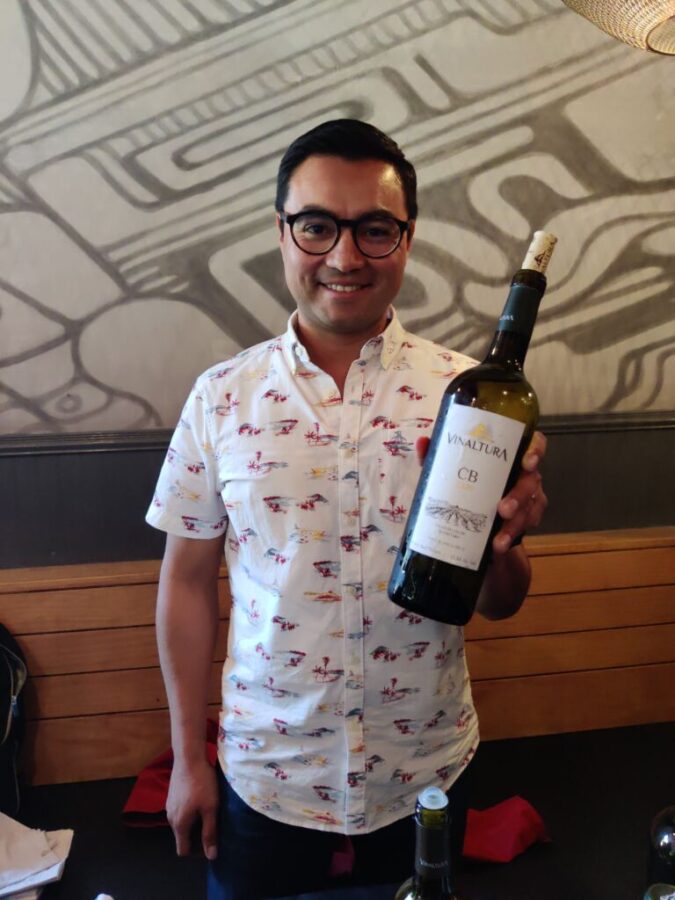
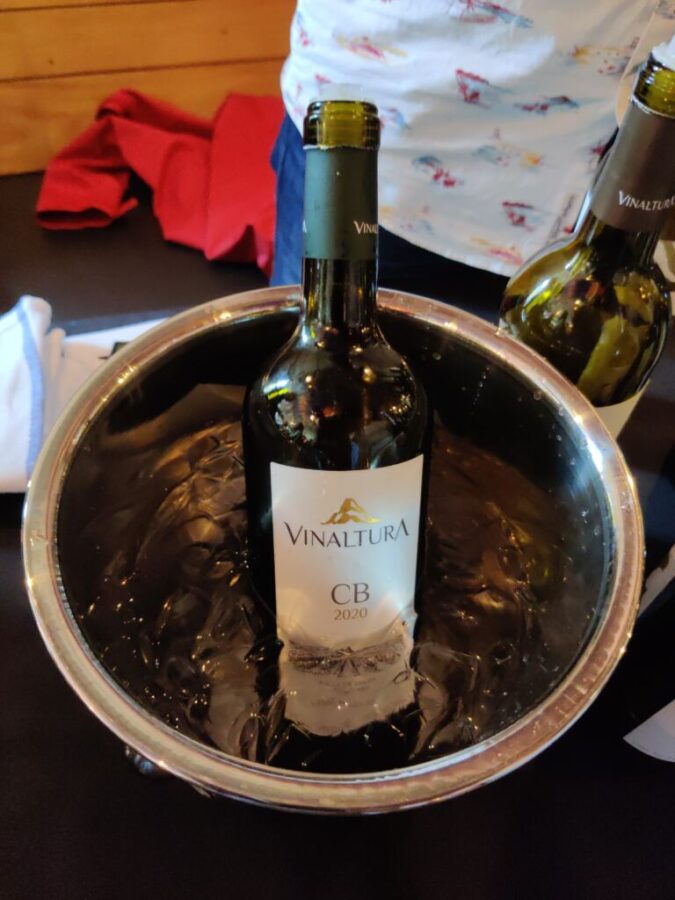
Vinaltura- Santa Rosa de Lima Colon-Queretaro
Vinaltura, with winemaker Hugo de Acosta at the helm, is a family-owned winery dating back to 2014. It is located in Queretaro, where the semi-arid climate is conducive to the cultivation of a host of grape varieties. In fact, Vinaltura grows 13 varietals to produce wines for the 12 labels under its portfolio. Yields are kept low and the grapes are hand-harvested. Some of the winery’s clay and loam soil-dominant vineyards stand as high as 6000 feet above sea level. Envero Restaurant – Vineyard Kitchen is on site.

Blanco Bajio 19 (Blend of Chenin Blanc, Sauvignon Blanc, Chardonnay, and Riesling)
Chenin Blanc 20
Malbec 19

Be First to Comment